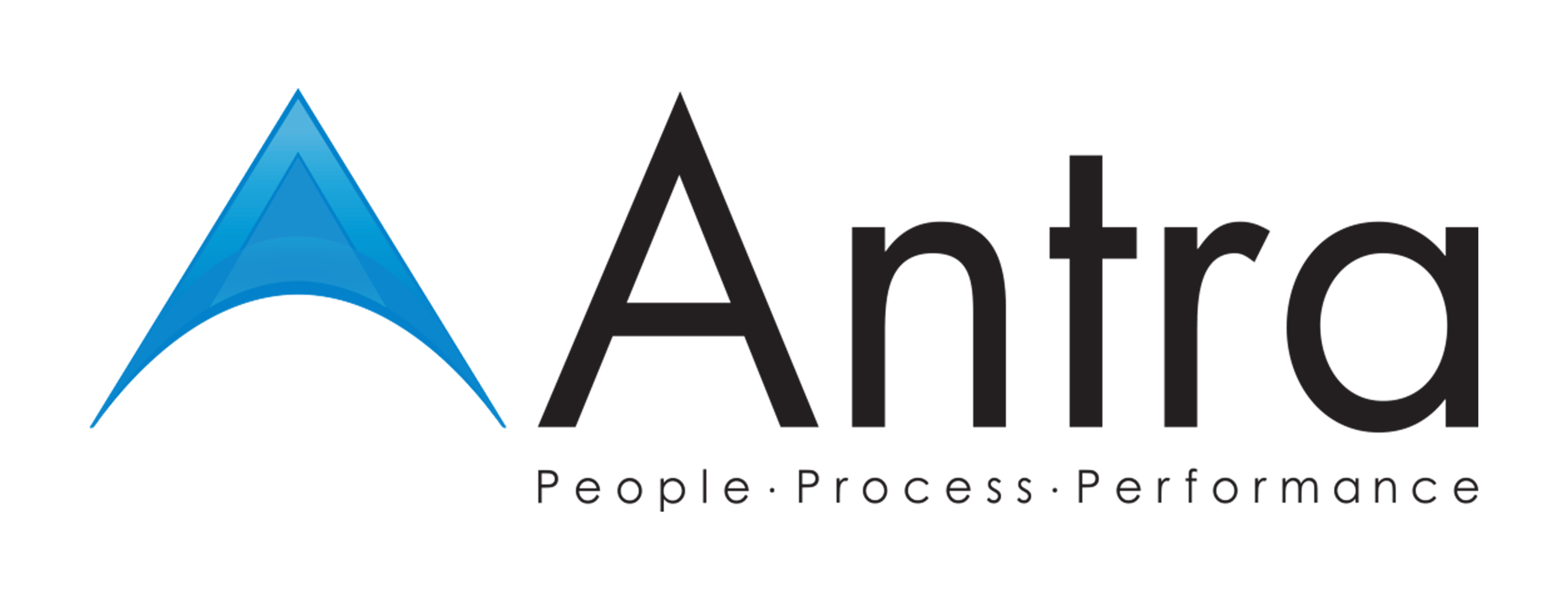“Imagination is not only the uniquely human capacity to envision that which is not, and, therefore, the foundation of all invention and innovation. In its arguably most transformative and revelatory capacity, it is the power that enables us to empathize with humans whose experiences we have never shared.” – J. K. Rowling
A few days back I visited my Bank’s ATM (Automated Teller Machine), which is around 8 miles from my office. I decided not to let go of my favorite parking space (under the shade of the tree, where my car would not get too hot in the summer) and instead to take an Uber to the ATM.
As I was waiting for my Uber, a thought struck me, what if there is an Uber business model for the banks? Do I really need to go to the bank or the ATM? Can we take the financial services beyond the banks? Yes, with e-banking and mobile banking, most of our banking needs are satisfied at home, yet we still do need to go to the banks and the ATMs for other services.
What does Uber do?
Uber is a Smartphone app that connects passengers to drivers with vehicles for hire. The driver can locate passenger(s) through GPS and provide the ride to the passengers’ destination.
Uber is also an instrumental in changing the way people think about jobs. Any person with a car, whose credentials check out can become an Uber driver. It is an app-driven labor market.
Just as Uber is doing for taxis, the “rubberized” business model chops up a traditional job into discrete tasks that can be carried out by people just when they are needed with wages set by a dynamic measurement of supply and demand.
Uberizing the banks
I came across a company called Abra, the world’s first digital cash, peer to peer money transfer network. Abra, a new silicon valley startup, has made banking more accessible while completely disintermediating the actual bank. With an Abra app, you can do all of your banking activities on your Smartphone.
You can withdraw funds, deposit cash and send money using their app. Abra is different from Venmo, PayPal and Chase Pay because these products still require bank accounts. Abra works efficiently for any transaction that would have needed an ATM or a bank before.
For instance, if you need $100 in cash. To get it, you can open the Abra app and find a bank teller near you using your phone’s GPS. Bank tellers can be regular people, as well as businesses such as convenience stores.
These selected bank tellers are reliable as Abra makes sure that their credentials are checked out (Similar to Uber drivers). You and the teller each get a QR code to validate the transaction. Once validated, the teller would give you $100.
With the current onslaught of digital currency-related innovations, my bank account may go obsolete in the near future. Today, as I am waiting at the curb outside my office for an Abra teller, I am thinking, What’s next?
Are you interested in keeping your skills fresh? Just subscribe to our blog and follow us on and follow us on Facebook, LinkedIn, and Twitter. You can always reach us at Contact Us


Leave a Reply